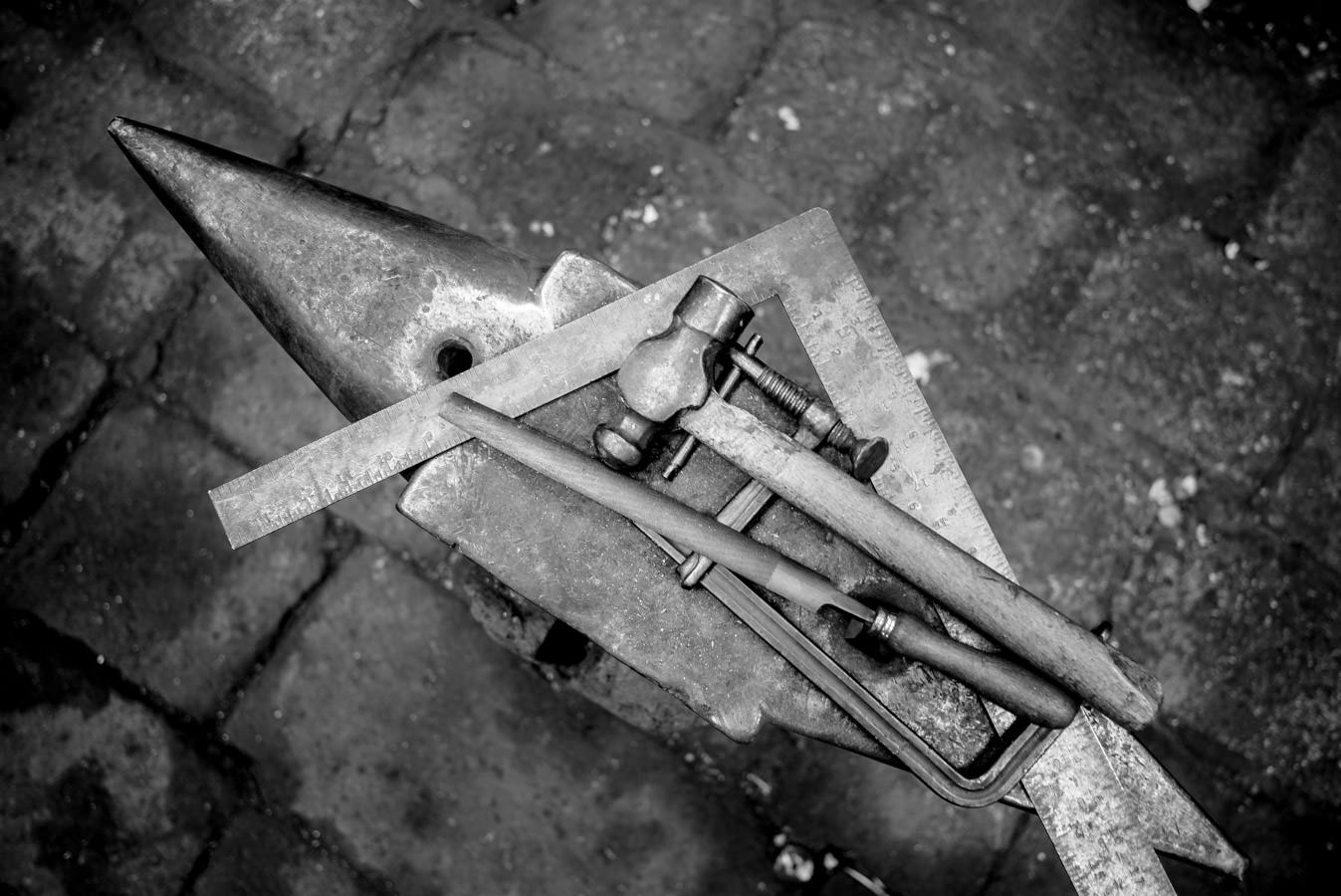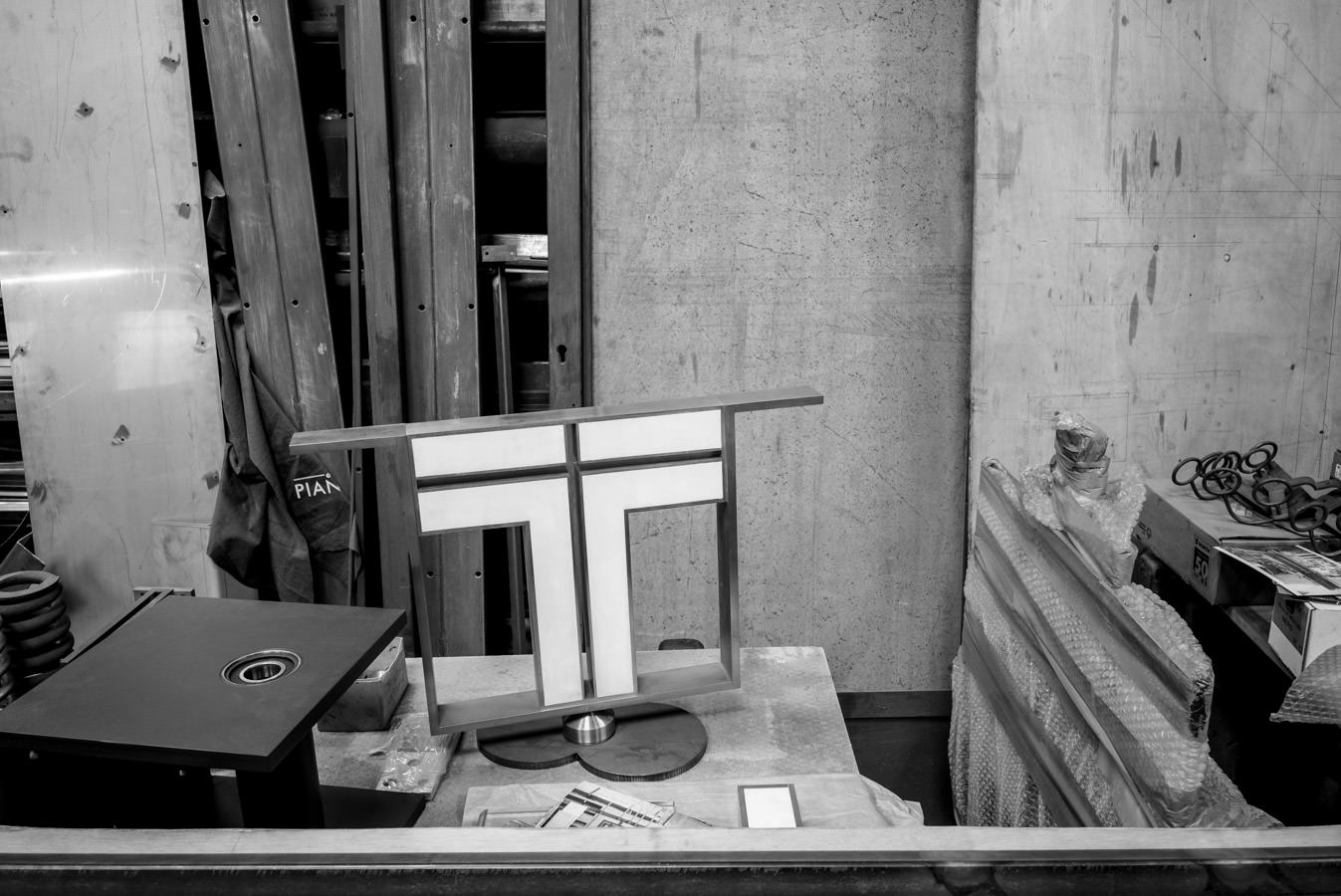Sometimes when I am wandering around Venice I see something that reminds me of Istanbul.
Actually, the two cities are not that far away from each other, especially looking at the history of them. Venice started her life being a part of the Byzantine Empire and the capital of it was the actual Istanbul.
Artisan in Istanbul at work in his workshop inside the Giustiniano’s ancient walls
Inside the walls constructed by the Roman emperor Giustiniano I met an old artisan working in his 2000 years old workshop, inside the fresh, large, ancient walls.
Blacksmith working in Venice in his anciet workshop
In Venice, this blacksmith is working always in the same place since the age of 11 years old (he is now 84 years old), and he got the workplace from his father who started to work in the same place at the age of 11 as well.










